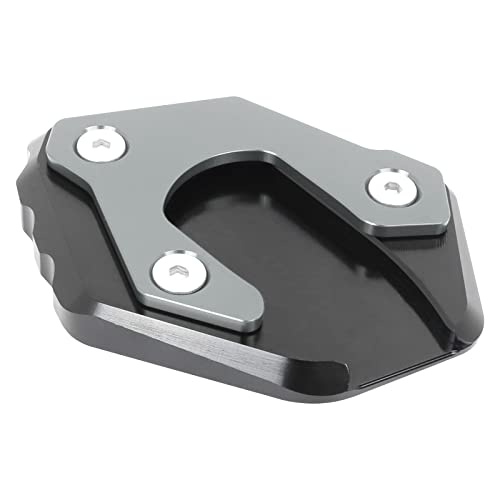I'm involved with our local transit agency and was looking to answer myself the question of what is most efficient.....big transit buses with lots of passengers, vanpools, and motorcycles.
Finding empirical data I could understand has been a bit elusive, but once I discovered the idea of "BTU per mile" I then found some Department of Energy data that I think answers my question....and even includes actual use data for 2006...of how many actually were on that bus or how many are in that vanpool.
Mode - BTU per passenger per mile - Avg. passengers per vehicle - MPG
The data surprised me in a couple of places. I figured vanpools were more efficient than our partially filled buses, but I had now clue that buses would be at the very bottom...worse than cars or even personal trucks!
Motorcycles fare well too! We're like our own mini mass transit alternative.
Finding empirical data I could understand has been a bit elusive, but once I discovered the idea of "BTU per mile" I then found some Department of Energy data that I think answers my question....and even includes actual use data for 2006...of how many actually were on that bus or how many are in that vanpool.
Mode - BTU per passenger per mile - Avg. passengers per vehicle - MPG
- Vanpool - 1322 - 6.1 - 87
- Motorcycle - 1855 - 1.2 - 62
- Rail (Intercity Amtrak) - 2650 - 20.5 - 43
- Rail (Transit light & Heavy) - 2784 - 22.5 - 41
- Rail (Commuter) - 2996 - 31.3 - 38
- Air - 3261 - 96.2 - 35
- Cars - 3512 - 1.57 - 33
- Personal Trucks - 3944 - 1.72 - 29
- Buses (Transit) - 4235 - 8.8 - 27
The data surprised me in a couple of places. I figured vanpools were more efficient than our partially filled buses, but I had now clue that buses would be at the very bottom...worse than cars or even personal trucks!
Motorcycles fare well too! We're like our own mini mass transit alternative.































































